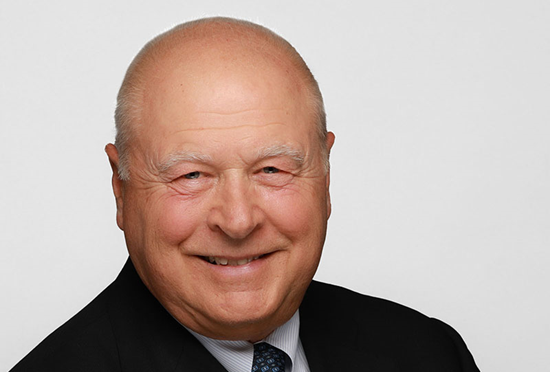T2S unlikely to be “big bang” for fund distribution

T2S, Europe’s new settlement system, is unlikely to be an immediate game changer for the region’s fund industry, according to a BNP Paribas Securities Services executive.
Instead, Pierre Mottion, the firm’s global head of transfer agent and fund dealing services products, reckons the platform will lead to a gradual evolution over several years for the sector.
“The industry is currently drawing up the blueprint for new fund distribution models to benefit from the efficient processes of T2S, while complying with MiFID requirements and increasing distribution oversight duties,” Mottion said in a recent research report.
“It faces many complex operational challenges to be able to ensure easy access to global investors and simplify the identification process.”
In basic terms, T2S aims to make cross border settlement easier and cheaper for investors, who will only need to have one account in one central securities depository (CSD) to have access to all T2S eligible securities.
Likewise funds will only have to be issued in a unique CSD to be accessible to investors settling in T2S.
“This set up enables investors to have access from a single account to any T2S fund wherever it is issued within T2S markets,” explains Mottion.
“The real way that T2S is changing the game is by introducing new settlement capacities for distribution within the geographic scope of T2S - thereby increasing CSD competition,” he adds.
In 2015, T2S first became a reality with five CSDs migrating onto the settlement platform.
Wave 2 took place in March, adding two more.
By mid-2017, a total of 23 CSDs in 21 countries will have joined T2S.
Missing puzzle piece?
However, identifying investors or fund distributors behind transactions via T2S remains a “missing puzzle piece”, according to Mottion.
“Transfers of shares between CSD accounts are not reported ex-ante to the fund or to its issuing agent. The existing process – a periodic reconciliation with positions held in the CSDs’ books – enables ex-post position adjustment.
“Extending the order marking to transfers could be an option worth investigating, in order to create conditions for efficient distribution oversight within T2S,” he argues.
Some countries have already made changes to identify transactions in a CSD environment.
The practice, known as order marking, associate each transaction with a code, which helps the fund company identify the source of the order.
In France, a distributor’s referential, known as a “BIC1” – an approved SWIFT and EFAMA standard – lists around 2,000 distributors across Europe with proven efficiency (98.9% of orders are ear-marked).
Mottion suggests such a market referential may be envisaged for the broader scale of T2S in case of subscriptions, redemptions or switches.
Found this useful?
Take a complimentary trial of the FOW Marketing Intelligence Platform – the comprehensive source of news and analysis across the buy- and sell- side.
Gain access to:
- A single source of in-depth news, insight and analysis across Asset Management, Securities Finance, Custody, Fund Services and Derivatives
- Our interactive database, optimized to enable you to summarise data and build graphs outlining market activity
- Exclusive whitepapers, supplements and industry analysis curated and published by Futures & Options World
- Breaking news, daily and weekly alerts on the markets most relevant to you




